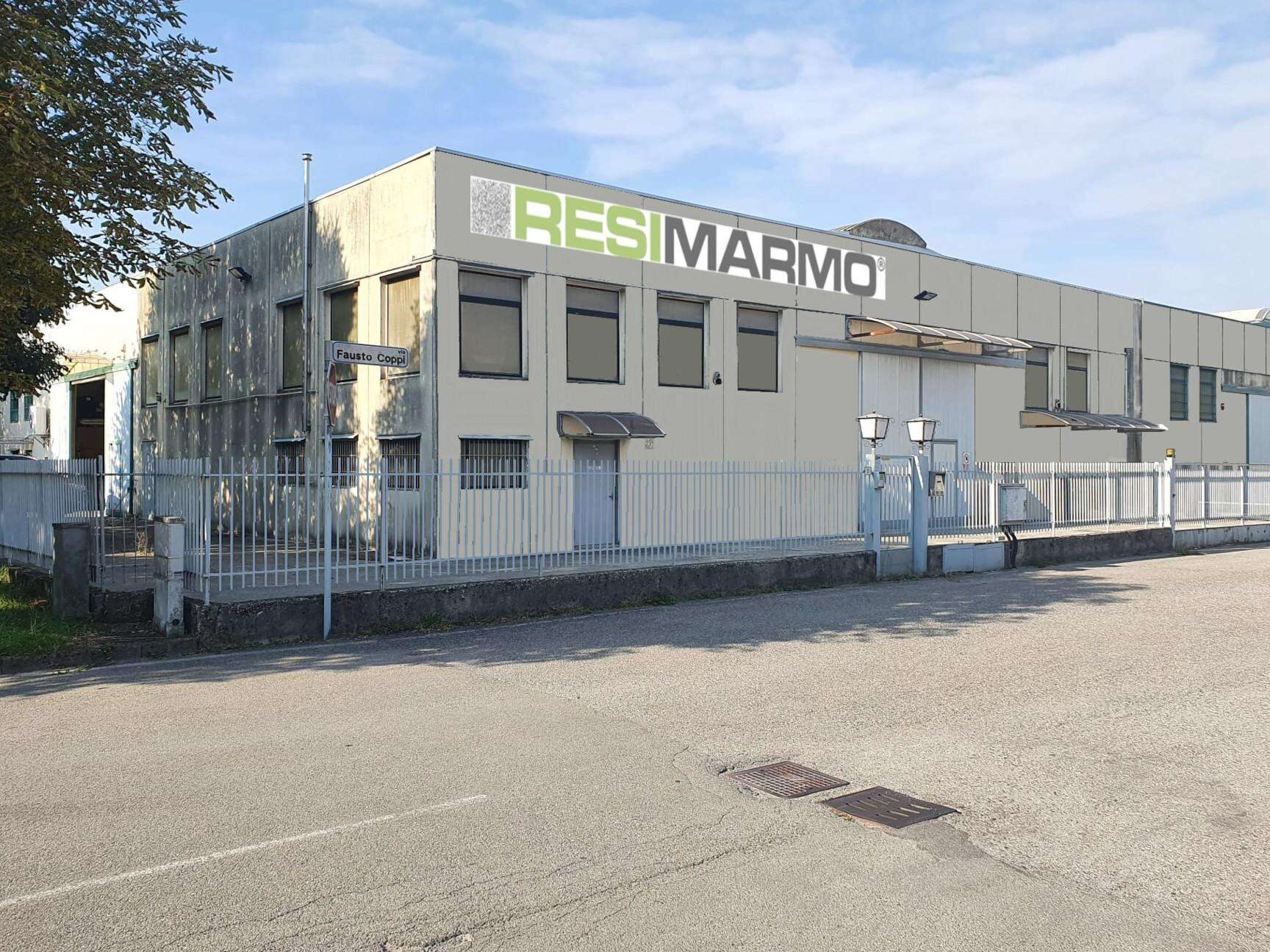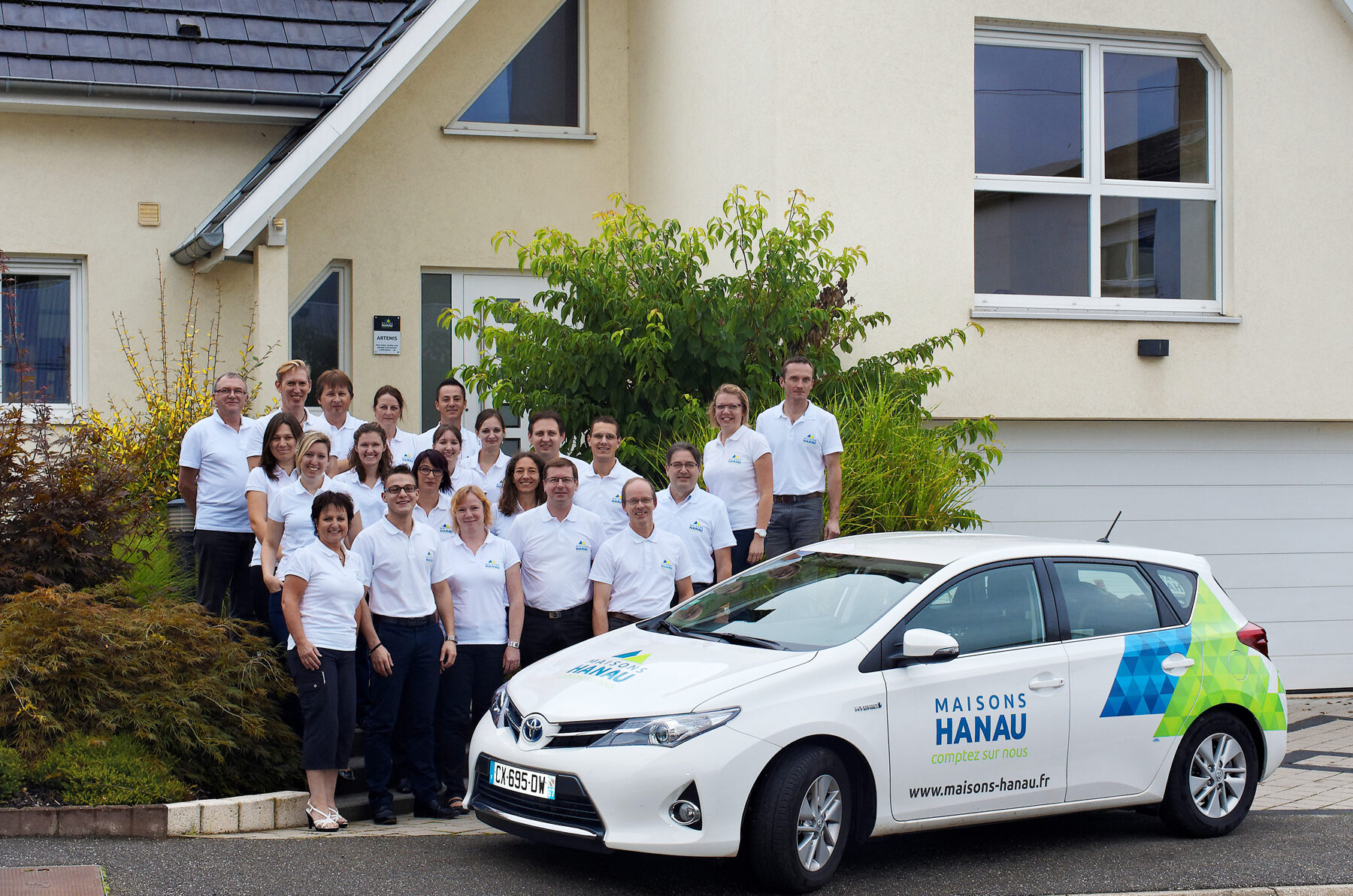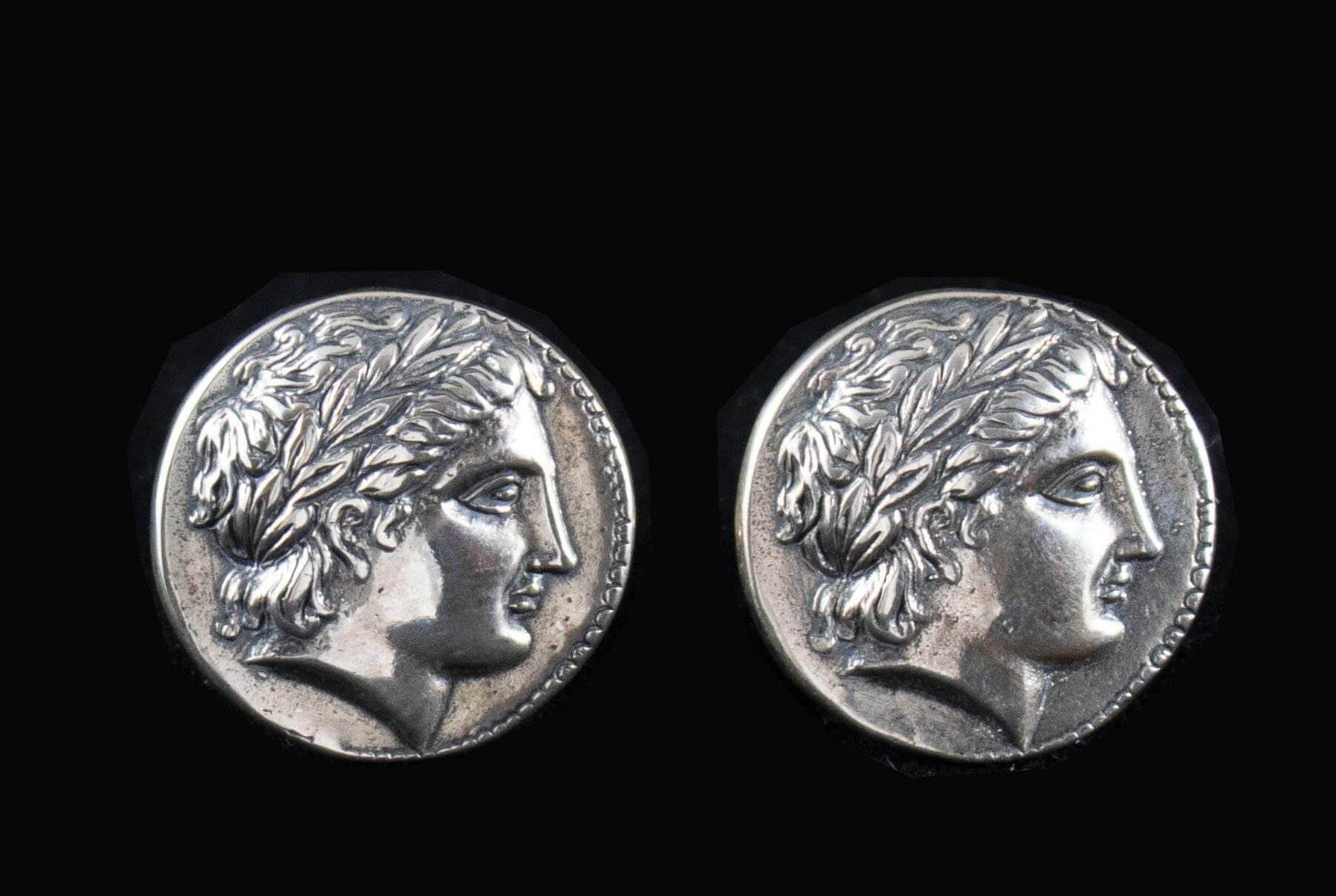Processing et ARToolkit sont deux outils puissants qui permettent aux développeurs de créer des applications de réalité augmentée. Dans cet article, nous allons explorer leur utilisation conjointe pour créer une application de réalité augmentée. Nous allons voir comment Processing et ARToolkit peuvent être utilisés ensemble pour créer une application de réalité augmentée, et comment cette application peut être utilisée pour améliorer l’expérience utilisateur. Nous allons également examiner les avantages et les inconvénients de l’utilisation de ces deux outils ensemble. Enfin, nous allons discuter des possibilités futures pour le développement d’applications de réalité augmentée avec Processing et ARToolkit.
Processing – ARToolkit : Premier essai utilisant ARToolkit et la réalité augmentée
Par X. HINAULT – 15 Février 2012
L’image de départ
L’image après reconnaissance des markers et tracé 3D
Explication
- Ce programme est une reprise de l’excellent tutoriel trouvé ici : http://www.creativeapplications.net/processing/augmented-reality-with-processing-tutorial-processing/ TOP!!
- Ce programme teste le tracé 3 « box » (boîtes 3D) sur des markers reconnus grâce à l’utilisation de ARToolkit avec Processing à l’aide de la librairie nyar4psg.
Matériel et configuration utilisés
- PC Intel Core Quad 2.33 Ghz
- Webcam(s) USB C270
- Ubuntu 10.04 LTS
- Processing 1-5
- Librairie GSVideo 0.9
- nyar4psg 1.1.7
Ressources utiles
Le programme
Copier / coller ce code dans Processing L’image de test utilisée est en ligne !
Ne pas oublier de modifier les chemins utilisés en fonction de votre situation.
// Processing 1.5.1 + NyARToolkit 1.1.6
import java.io.*; // for the loadPatternFilenames() function
import processing.opengl.*; // for OPENGL rendering
import jp.nyatla.nyar4psg.*; // the NyARToolkit Processing library
// a central location is used for the camera_para.dat and pattern files, so you don’t have to copy them to each individual sketch
// Make sure to change both the camPara and the patternPath String to where the files are on YOUR computer
// the full path to the camera_para.dat file
// String camPara = « C:/Users/mainframe/Documents/Processing/libraries/nyar4psg/data/camera_para.dat »;
//String camPara = « /home/hinault/Téléchargements/librairies_processing/nyar4psg-1.1.6/data/camera_para.dat »;
String camParaPath = « /home/glapbox/Téléchargements/processing-1.5.1/modes/java/libraries/NyAR4psg/data/camera_para.dat »;
// the full path to the .patt pattern files
//String patternPath = « C:/Users/mainframe/Documents/Processing/libraries/nyar4psg/patternMaker/examples/ARToolKit_Patterns »;
String patternPath = « /home/glapbox/Téléchargements/patternMaker/examples/ARToolKit_Patterns »;
// the dimensions at which the AR will take place. with the current library 1280×720 is about the highest possible resolution.
// it will work just as well at a lower resolution such 640×360, in some case a lower resolution even seems to work better.
int arWidth = 1280/2;
int arHeight = 720/2;
// the number of pattern markers (from the complete list of .patt files) that will be detected, here the first 10 from the list.
int numMarkers = 10;
MultiMarker nya;
float displayScale;
color[] colors = new color[numMarkers];
float[] scaler = new float[numMarkers];
PImage input, inputSmall;
void setup() {
size(arWidth, arHeight, OPENGL); // the sketch will resize correctly, so for example setting it to 1920 x 1080 will work as well
// create a text font for the coordinates and numbers on the boxes at a decent (80) resolution
textFont(createFont(« Arial », 80));
// load the input image and create a copy at the resolution of the AR detection (otherwise nya.detect will throw an assertion error!)
// input = loadImage(« input.jpg »);
//input = loadImage(« /home/hinault/Bureau/trans/Amnon-Owed-ARtut-01-640×360.jpg »);
input = loadImage(« https://www.mon-club-elec.fr/mes_images/online/Amnon-Owed-ARtut-01-640×360.jpg »);
inputSmall = input.get();
inputSmall.resize(arWidth, arHeight);
// to correct for the scale difference between the AR detection coordinates and the size at which the result is displayed
displayScale = (float) width / arWidth;
// create a new MultiMarker at a specific resolution (arWidth x arHeight), with the default camera calibration and coordinate system
nya = new MultiMarker(this, arWidth, arHeight, camParaPath, NyAR4PsgConfig.CONFIG_DEFAULT);
// set the delay after which a lost marker is no longer displayed. by default set to something higher, but here manually set to immediate.
nya.setLostDelay(1);
String[] patterns = loadPatternFilenames(patternPath);
// for the selected number of markers, add the marker for detection
// create an individual color and scale for that marker (= box)
for (int i=0; i<numMarkers; i++) {
nya.addARMarker(patternPath + « / » + patterns[i], 80);
colors[i] = color(random(255), random(255), random(255), 160); // random color, always at a transparency of 160
scaler[i] = random(0.5, 1.9); // scaled at half to double size
}
}
void draw() {
println (« debut= »+millis());
background(0); // a background call is needed for correct display of the marker results
image(input, 0, 0, width, height); // display the image at the width and height of the sketch window
nya.detect(inputSmall); // detect markers in the input image at the correct resolution (incorrect resolution will give assertion error)
drawMarkers(); // draw the coordinates of the detected markers (2D)
drawBoxes(); // draw boxes on the detected markers (3D)
println (« fin= »+millis());
}
// this function draws the marker coordinates, note that this is completely 2D and based on the AR dimensions (not the final display size)
void drawMarkers() {
// set the text alignment (to the left) and size (small)
textAlign(LEFT, TOP);
textSize(10);
noStroke();
// scale from AR detection size to sketch display size (changes the display of the coordinates, not the values)
scale(displayScale);
// for all the markers…
for (int i=0; i<numMarkers; i++) {
// if the marker does NOT exist (the ! exlamation mark negates it) continue to the next marker, aka do nothing
if ((!nya.isExistMarker(i))) { continue; }
// the following code is only reached and run if the marker DOES EXIST
// get the four marker coordinates into an array of 2D PVectors
PVector[] pos2d = nya.getMarkerVertex2D(i);
// draw each vector both textually and with a red dot
for (int j=0; j<pos2d.length; j++) {
String s = « (« + int(pos2d[j].x) + « , » + int(pos2d[j].y) + « ) »;
fill(255);
rect(pos2d[j].x, pos2d[j].y, textWidth(s) + 3, textAscent() + textDescent() + 3);
fill(0);
text(s, pos2d[j].x + 2, pos2d[j].y + 2);
fill(0, 0, 255);
ellipse(pos2d[j].x, pos2d[j].y, 10, 10);
}
}
}
// this function draws correctly placed 3D boxes on top of detected markers
void drawBoxes() {
// set the AR perspective uniformly, this general point-of-view is the same for all markers
nya.setARPerspective();
// set the text alignment (full centered) and size (big)
textAlign(CENTER, CENTER);
textSize(20);
// for all the markers…
for (int i=0; i<numMarkers; i++) {
// if the marker does NOT exist (the ! exlamation mark negates it) continue to the next marker, aka do nothing
if ((!nya.isExistMarker(i))) { continue; }
// the following code is only reached and run if the marker DOES EXIST
// get the Matrix for this marker and use it (through setMatrix)
setMatrix(nya.getMarkerMatrix(i));
scale(1, –1); // turn things upside down to work intuitively for Processing users
scale(scaler[i]); // scale the box by it’s individual scaler
translate(0, 0, 20); // translate the box by half (20) of it’s size (40)
lights(); // turn on some lights
stroke(0); // give the box a black stroke
fill(colors[i]); // fill the box by it’s individual color
box(40); // the BOX! 😉
noLights(); // turn off the lights
translate(0, 0, 20.1); // translate to just slightly above the box (to prevent OPENGL uglyness)
noStroke();
fill(255, 50);
rect(–20, –20, 40, 40); // display a transparent white rectangle right above the box
translate(0, 0, 0.1); // translate to just slightly above the rectangle (to prevent OPENGL uglyness)
fill(0);
text(« » + i, –20, –20, 40, 40); // display the ID of the box in black text centered in the rectangle
}
// reset to the default perspective
perspective();
}
// this function loads .patt filenames into a list of Strings based on a full path to a directory (relies on java.io)
String[] loadPatternFilenames(String path) {
File folder = new File(path);
FilenameFilter pattFilter = new FilenameFilter() {
public boolean accept(File dir, String name) {
return name.toLowerCase().endsWith(« .patt »);
}
};
return folder.list(pattFilter);
}
Articles Liés
- ARToolkit avec Processing
L'ARToolkit est un outil puissant qui permet aux développeurs de créer des applications de réalité…
- Introduction à ARToolkit
ARToolkit est un logiciel libre et open source qui permet aux développeurs de créer des…
- Processing – GSVidéo + JavacvPro :
Processing est un langage de programmation open source qui permet aux développeurs de créer des…









